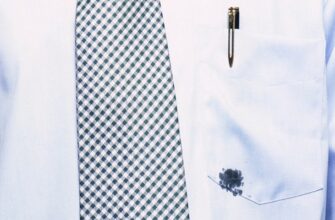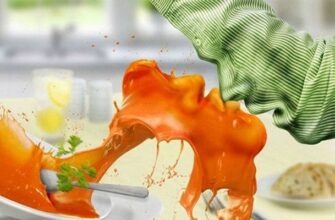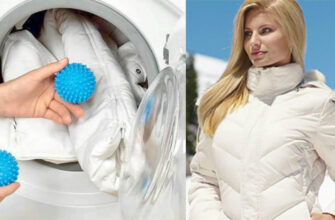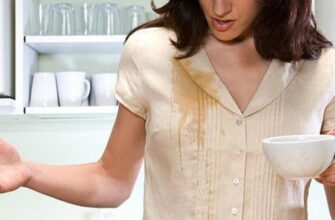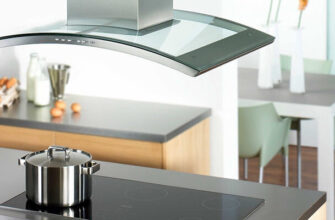Cleaning the bathroom from limescale, rust and dark marks is a necessary and not always easy task. Some store products are so aggressive that they corrode the enamel, while others, on the contrary, can hardly cope with the task. Our experts have found 10 ways that effectively and gently remove dirt from the bathroom. We are happy to share them, as well as tips for avoiding stubborn plaque.
- Tips for keeping your bath whiter
- How to remove plaque
- Method 1. Soda
- Method 2. Soda and vinegar
- Method 3. Vinegar and bleach
- Method 4. Citric acid
- Method 6. Borax and vinegar
- Method 7. Hydrogen peroxide and soda
- Method 8. Trisodium phosphate and hydrogen peroxide
- Method 9. Oxalic acid
- Method 10. Toothpaste
- Expert opinion
Tips for keeping your bath whiter

It is quite difficult to completely avoid the formation of limescale and dark marks on the walls and bottom of the bath. The main reason for their occurrence is the evaporation of water with the remains of shampoo, body gel, soap, etc. They contain substances that are not completely washed off, accumulating over time on the bath coating.
Much also depends on the quality of the water itself – the harder the water, the more it leaves lime traces. After rusty water, a yellow-brown coating appears.
However, if you follow our advice, you will be able to keep your bath clean and shiny for longer and use special detergents less often.
-
After each use of the bathtub, treat its walls with a damp soapy cloth and rinse with warm water.
-
Wipe the tub dry after washing or washing.
-
For the prevention of rusty deposits, you need to ensure that the taps are not leaking.
-
Do not use metal sponges or sandpaper, powders with hard granules for cleaning. Try to avoid scratches – the more microcracks on the enamel, the faster it will get dirty and more difficult to clean with detergents.
-
Be sure to put a rubber mat on the bottom to protect the surface from scratches if the bathtub is used for washing bowls or other metal items, or for bathing animals.
-
If every time you wash with soap and wipe the bathtub lazy, we advise you to apply on its surface from a spray a liquid for cleaning windows or special products that keep the glass clean: Titan, Tilex, Amway. They break down limescale and grease particles, preventing the appearance of dark marks. The disadvantage of such funds is the constant smell of chemistry in the room and an extra waste of money. This advice is only useful for families who showering and not taking a bath.
How to remove plaque
If preventive measures are not taken to prevent limescale, the bath must be cleaned as it gets dirty. If used regularly, we recommend doing this at least once a week.
The easiest way is to use specialized cleaning products, the choice of which is huge in household chemical stores. They effectively remove any kind of dirt from the enamel and do not require cooking time (like folk remedies). It is only important to carefully read the instructions for use and make sure that this product is suitable for cleaning the type of surface of your bath.
The stronger the enamel, the easier it is to remove rust stains and limescale from it: you can use strong industrial products and fine abrasives. Acrylic baths can only be cleaned with specialized products for acrylic surfaces, natural acids and weak alkaline solutions.
To protect the enamel of the bath from the destructive effects of chemicals and maintain your health (especially if there is a small child in the house), our experts advise you to clean it with folk remedies. They are not only not inferior in efficiency to industrial ones, but often even surpass them. And sometimes they are the only acceptable cleaning methods in cases of difficult contamination of acrylic surfaces or old bathtubs.
Advice! Lime deposits and other stains will go away much faster if you steam the bath before cleaning – pour hot water from the shower over its walls.
Method 1. Soda

Soap streaks and rust deposits can be removed well with baking soda. It can also be used to clean acrylic surfaces if it is first diluted in water to a mushy state (so as not to leave scratches).
Baking soda can be mixed in equal proportions with soda ash, which is sold in household chemicals stores, to create a more powerful cleaning agent.
Mode of application:
-
Pour both types of soda into a bowl (6 tablespoons each);
-
dilute with a little water to a paste;
-
apply the mixture with a sponge to the walls of the bath;
-
leave it to 'work' for 20 minutes;
-
thoroughly clean the contaminated areas with a sponge;
-
wash off with water.
For work, be sure to use rubber gloves, as soda ash can irritate and dry your hands.
Method 2. Soda and vinegar
Soda alone is not enough to get rid of limescale. On the layer of soda applied to the walls of the bath, spray vinegar from a spray bottle (you can use an empty bottle of liquid for windows). After waiting for the reaction, accompanied by foam and hissing, to end, we clean the dirty areas with a sponge – the plaque easily leaves. In conclusion, you need to wash the bath first with warm, then cold water (to add even more shine).
In advanced cases, instead of vinegar 9%, it is better to use vinegar essence (75%), diluted in half with water. The disadvantage of this tool is a pungent smell and the danger of getting a chemical burn (use only with gloves).
Method 3. Vinegar and bleach
A powerful tool for removing any deposits from cast iron and steel baths is a mixture of vinegar and bleach (for example, 'Whiteness' or 'Persol'). Effective for surfaces with enamel defects: chips, cracks.
How to use:
-
in equal proportions mix vinegar 9% and any bleach;
-
apply the resulting mixture to the contaminated surface;
-
wait 15 minutes;
-
clean with a sponge;
-
rinse thoroughly the remaining detergent with water.
Advantages of the method:
- efficiency and availability.
Disadvantages:
-
sharp unpleasant odor;
-
can not be used to clean acrylic surfaces.
For particularly difficult cases (old stubborn limescale), we advise you to first apply a soda paste on the dirt for 20 minutes, then, without rinsing, treat the surface with a mixture of vinegar and bleach. After waiting another 20 minutes, clean with a sponge. Even the oldest and dirtiest bathtub will shine white again!
Method 4. Citric acid

Citric acid perfectly removes limescale and has whitening properties. It can be used to remove stains from acrylic surfaces.
It is quite simple to use:
-
dilute a sachet of 10 g of citric acid in 0.5 l of warm water;
-
using a spray gun or a sponge, apply part of the mixture to dirty areas or to the entire surface of the bath;
-
wait 15 minutes;
-
dip the sponge into the rest of the lemon mixture and rub well the areas affected by limescale.
Another advantage of this product is the absence of smell. But to protect your hands, it is still recommended to work with citric acid with gloves.
Method 5. Ammonia
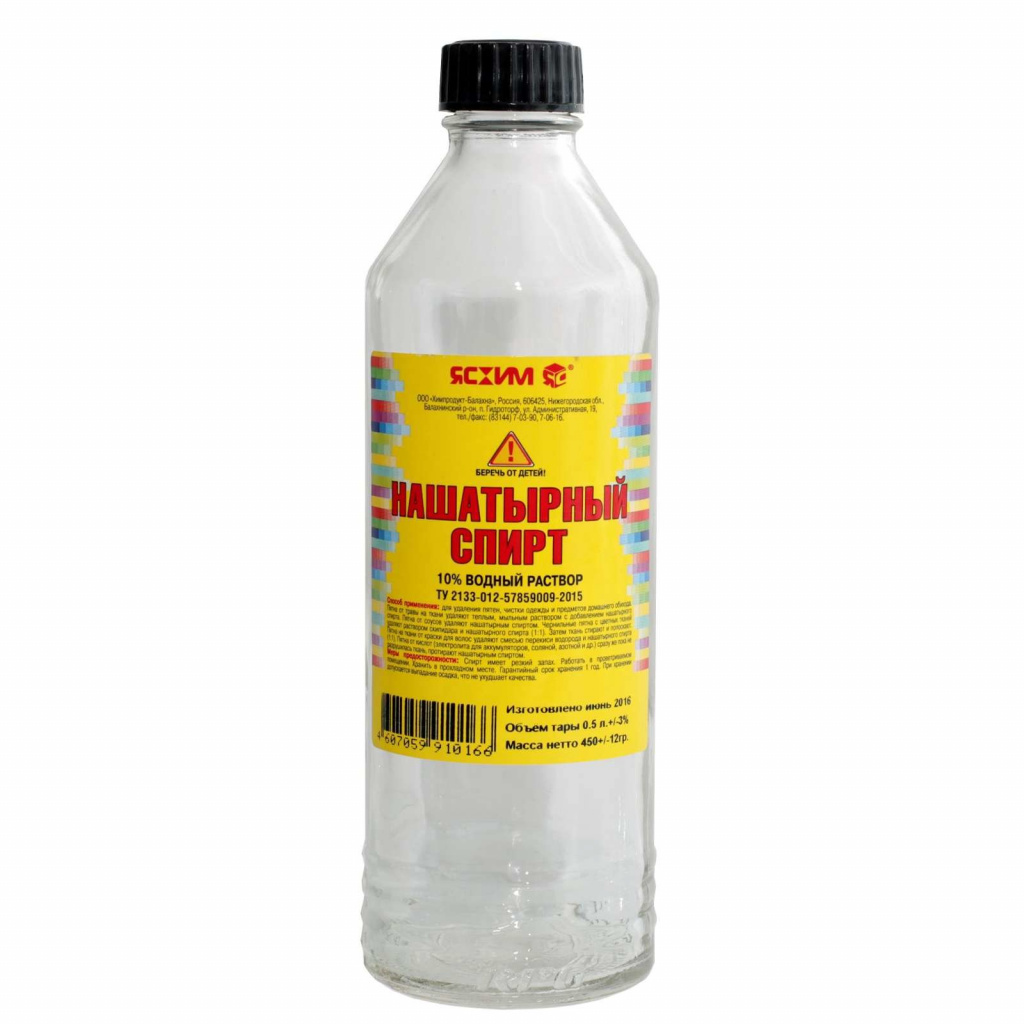
Ammonia or ammonia (ammonium hydroxide solution) is popular among the people as a means for eliminating various stains and deposits.
A white crystalline powder called ammonia (ammonium chloride), which is used in gardening to fertilize plants, is not suitable for removing lime and rusty deposits.
We do not recommend cleaning the bathtub completely with ammonia – a sharp unpleasant smell will spread to the whole apartment and then it will not be so easy to get rid of it. With ammonia, you can treat small areas of contamination that cannot be removed by other means. To do this, simply put a little product on them and leave for 10 minutes.
Soda or shabby laundry soap is often added to ammonia. This increases its cleansing properties and helps to obtain a mushy product that is convenient to apply to the bath and clean it.
Method 6. Borax and vinegar
An old and proven folk method for removing limescale and rust is a mixture of borax (sodium tetraborate) and vinegar. Borax has whitening properties, and vinegar is good at removing lime deposits. Together, the substances work perfectly with dirt on any surface of the bath.
A solution of borax in glycerin can be purchased at any pharmacy. It is used as an antiseptic. Average price – 15 rubles. for 40 mg.
To prepare a cleaning solution, you need to mix borax and vinegar (or citric acid previously dissolved in water) in a 1: 2 ratio. The composition can be applied with a sponge only to dirty areas or treat the entire surface of the bath with it. After 10-15 minutes, rub the yellow coating and rinse with water.
Method 7. Hydrogen peroxide and soda
Hydrogen peroxide has good cleansing and whitening properties, it perfectly removes rusty smudges, soap deposits. In combination with soda, its properties are enhanced.
To remove yellow marks from the surface of the bath, you need:
-
mix in a bowl 10 tbsp. l. soda and a bottle of 30 mg hydrogen peroxide;
-
with a rag or sponge, apply the gruel to the walls of the bath for 20 minutes;
-
rub the contaminated areas thoroughly and rinse with water.
The product can be used locally for particularly dirty places of a small size: sprinkle 2 tablespoons on a dry sponge. soda and pour peroxide on top so that the sponge is completely saturated. Put it on the dirt for 15-20 minutes, then carefully rub the problem area – even old traces of rust will disappear.
Hydrogen peroxide baking soda is odorless, does not irritate the skin and is suitable for cleaning acrylic baths An additional bonus is disinfection of the bath surface and prevention of mold formation.
Method 8. Trisodium phosphate and hydrogen peroxide
Trisodium phosphate is a highly alkaline agent. It is often used as a detergent in the food industry. Due to its strong bleaching properties, it is used as a bleach for paper.
You can buy trisodium phosphate at almost any household chemical store. It breaks down fats well, therefore it is an excellent degreasing agent. If you add hydrogen peroxide to it, then it copes well with traces of rust.
To obtain the cleaning agent you need:
-
dissolve 2 tbsp. sodium salts in a glass of warm water;
-
add 30 mg of hydrogen peroxide 3%;
-
use a sponge to apply to the surface of the bath and clean;
-
with old dirt, leave the product for 20 minutes;
-
after cleaning, the bath must be thoroughly rinsed with water to completely remove traces of detergent.
With a paste of trisodium phosphate and hydrogen peroxide, you can easily get rid of old traces of rust and limescale in the joints and joints between the bathroom and the tile.
Method 9. Oxalic acid

Old limescale or rusty deposits will help remove a powerful agent – oxalic acid. It is often added to the composition of many industrial detergents (called 'Anti-rust'). Many of them contain too concentrated a solution that has a detrimental effect on the enamel. It is forbidden to clean acrylic surfaces!
But if you buy oxalic acid (sold in hardware stores) and dilute it yourself in a proportion that is more gentle for the enamel, you will get an excellent cleaning agent.
The entire surface of the bath (if not necessary) does not need to be treated with oxalic acid. Diluting it in a 1: 1 ratio with water, apply for 15 minutes only to areas covered with plaque. Then rub thoroughly with a sponge and clean the surface with a cloth and laundry soap.
Oxalic acid belongs to flammable substances with increased toxicity. It is harmful to skin, eyes, mucous membranes and respiratory organs. When working with it, it is imperative to use rubber gloves, preferably glasses and a respirator.
Method 10. Toothpaste
Small areas covered with limescale or rusty deposits can be wiped off with toothpaste. The advantage of this method is that it is always at hand.
The best way to clean the dirt is to use a toothbrush:
-
squeeze the required amount from the tube;
-
rub with a brush into the problem area;
-
wait 5 minutes and rub thoroughly again.
The paste will not cope with old plaque, but it will refresh the whiteness of the bath well, eliminate simple dirt.
Expert opinion
Cleaning the bath from lime and yellow traces will not turn into a problem if you regularly clean its surface with laundry soap and wipe it dry. To remove stubborn dirt, you can use proven folk methods: clean with soda, vinegar, citric acid or a mixture of several chemicals that every housewife has at hand.
To get rid of old limescale, use 'heavy artillery' – a mixture of vinegar and bleach, oxalic acid, trisodium phosphate. These products have a higher hazard class, smell unpleasant, require protection of hands and mucous membranes during work, but the final cleaning result will definitely please.
If desired, you can achieve a dazzling whiteness of even the oldest and most neglected baths – the main thing is to follow the instructions for using the cleaning agents and be persistent.


